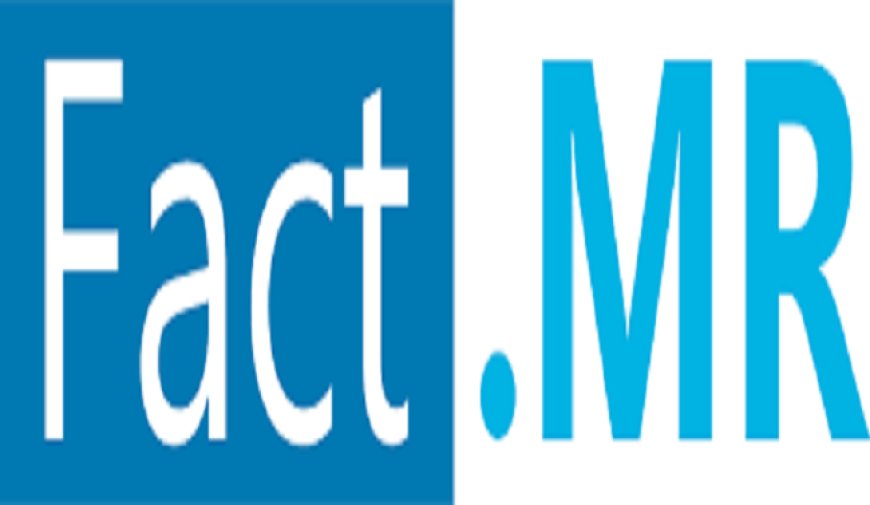Shift Towards Sustainable Cleaning: The Rise of Bio-Based Metal Cleaners
The global metal cleaning chemicals market is likely to surpass US$ 18.9 billion by 2032, at a CAGR of 3.5% during the forecast period of 2022 – 2032.

The global metal cleaning chemicals market is likely to surpass US$ 18.9 billion by 2032, at a CAGR of 3.5% during the forecast period of 2022 – 2032. Global expansion in the manufacturing sector has boosted the need for maintenance of heavy machinery and equipment. Hence, demand for metal cleaning chemicals in order to maintain their operational efficiency may likely fuel the market.
Traditional metal cleaning solutions are not environmentally friendly. Hence, with the rising concern toward the environment, manufacturers are developing green or bio-based metal cleaning products. The market is likely to benefit financially from such a move.
This is also because industries aim to cut down on wastages while considering the safety of the employees working there. Amidst this evaluation period, such alternatives to cleaning chemicals are expected to further fuel growth in the market. Also, it is believed to increase sales for bio-based metal cleaning solutions with strict government policies and guidelines allowing the usage of environmentally friendly cleaning metals clearing solutions. This will raise the pace of the market growth rate.
Also, there would be a growing demand for metal cleaning solutions due to the increasing need for cleaning the surface of vehicles to prevent corrosion and improve lifespan. Thus, cleaning of fouling—natural consequences of denatured protein, oxides, and other such material—through chemical solutions would increase the demand in the market.
Key Takeaways
The growth in the metal cleaning chemicals market is strong in regionally and segment-wise trends. North America is pegged to account for a 25.8% share in the global market. East Asia will grow at a stable CAGR of 4.1% during the said period. Sales of metal cleaning chemicals in South Asia and Oceania will also substantially contribute during the forecast period and account for more than 20.1% of the global demand share. The regional diversification reflects the different industrial demands and the various economic developments around the world.
In terms of products, the aqueous segment, with about 71.4 percent, is expected to dominate the global revenue. This predisposition towards aqueous solutions mirrors an industry trend towards cleaner and less hazardous cleaners. Again, the acid segment is projected to dominate the composition with a growth rate of 3.9% CAGR during the forecast period. This further fuels the need for effective and efficient cleaning solutions in industrial applications. These trends reflect a strong, dynamic market landscape for metal cleaning chemicals and point to significant growth opportunities across regions and product types.
List of Key Companies Profiled in The Report
Eastman Chemical Company
KYZEN Corporation
Crest Chemicals
Quaker Chemical Corporation
ZET-Chemie
SurTec
Chautauqua Chemical Company
Lincoln Chemical Corporation
DST-Chemicals A/S
Enviro Serve Chemicals, Inc.
ZAVENIR DAUBERT
Others
Competitive Landscape
The global metal cleaning chemicals market is highly competitive and fragmented, with the presence of a large number of domestic and regional players competing with each other for market share. The key players have adopted various strategic initiatives, such as mergers, acquisitions, expansions, collaborations, and partnerships, to strengthen their further foothold in the market. Another key strategy adopted by the major players is the development of new products, which would enable them to increase their foothold and achieve consumer demand with ease. Such strategies have led to further developments associated with the manufacturing of metal cleaning chemicals for various industrials.
Of late, Fact.MR has enumerated key perceptions into pricing strategies of major manufacturers across different regions, sales growth, trends in production capacities, and technological advancement. For example, in 2021, One Rock Capital Partners LLC acquired the tire business of Eastman Chemical Company with the stated strategy of providing resources for a transition to an independent and robust business entity. This acquisition by Brenntag in 2019 expanded the Company's direction of business and hence positioned it to capture growth opportunity by synergies in product lines and operational efficiencies. Such strategic moves firmly stamp the dynamism of the competitive landscape and how leaders of this sector are putting in an effort to establish their hold on the respective market with strategic alliances and product offerings.












